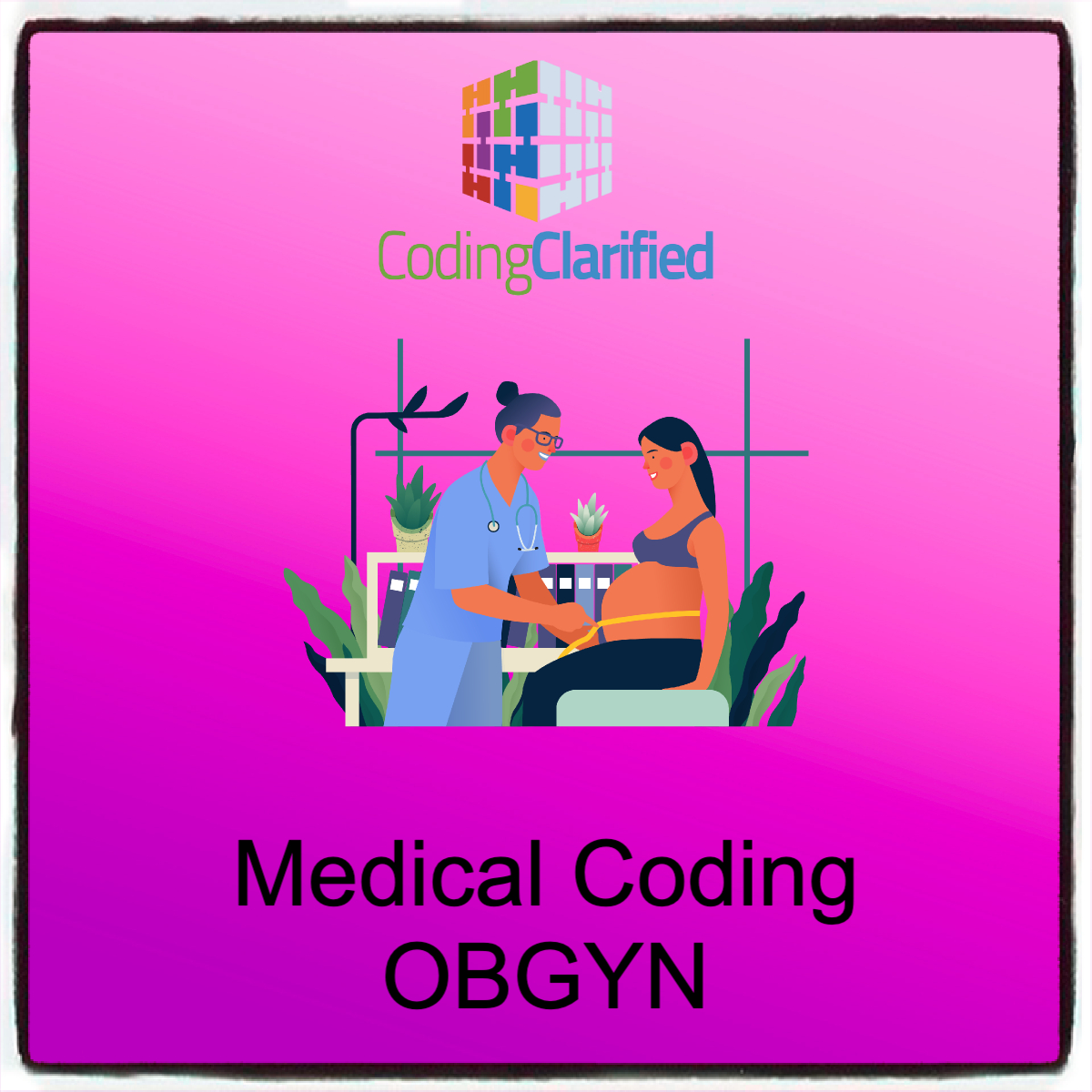Guidelines & Tips for Billing and Medical Coding OBGYN
Billing and Medical coding OB/GYN can be complex due to the wide range of services provided—from routine exams and prenatal care to complex surgeries and deliveries. Proper coding is essential to ensure accurate reimbursement and avoid compliance issues. Here’s a comprehensive guide to navigating OBGYN coding and billing with confidence.
Understand Key Categories in OBGYN Coding
OBGYN services generally fall under three primary coding categories:
Obstetrics (OB)
-
Global obstetric package (CPT codes 59400, 59510, 59610, 59618): Includes routine antepartum care, delivery, and postpartum care.
-
High-risk pregnancy management (use E/M codes with appropriate ICD-10 codes).
-
Multiple gestation deliveries: Modifier use is key.
Gynecology (GYN)
-
Preventive visits: CPT codes 99381–99397 depending on age and new/established status.
-
Problem visits: E/M codes based on MDM or time (2021 guidelines).
-
Surgical procedures: Hysterectomies, D&Cs, laparoscopy, etc.
Family Planning
-
Contraceptive management (e.g., IUD insertions/removals – CPT 58300/58301).
-
Sterilization procedures (CPT 58600–58661).
-
Be aware of consent forms (e.g., Medicaid sterilization consent requirements).
Follow Global OB Billing Guidelines
The “Global OB Package” Includes:
-
13 routine antepartum visits (usually one per month until 28 weeks, bi-weekly until 36 weeks, then weekly).
-
Delivery services (vaginal or cesarean).
-
Postpartum care (one visit, typically 6 weeks post-delivery).
Not Included in the Global Package:
-
High-risk OB management (e.g., diabetes, hypertension).
-
Ultrasounds, NSTs, lab tests.
-
Hospital admissions or additional E/M services unrelated to the pregnancy.
Tip: Use CPT code 59425 (4–6 antepartum visits) or 59426 (7+ visits) when the provider does not manage the entire pregnancy. Medical Coding and Billing and the Global Period https://codingclarified.com/medical-coding-and-billing-and-the-global-period/
Use ICD-10 Codes Precisely
-
Z34.XX – Routine pregnancy supervision codes (e.g., Z34.01 = supervision of normal first pregnancy, first trimester).
-
O codes – For complications like preeclampsia (O14.03), gestational diabetes (O24.410).
-
Z3A.XX – Gestational age codes are required with most OB claims.
Tip: Always link ICD-10 codes correctly to justify medical necessity, especially with ultrasounds and high-risk visits.
Modifier Mastery
-
Modifier 25 – Significant, separately identifiable E/M on the same day as a procedure.
-
Modifier 59 or X-series – Distinct procedural services.
-
Modifier 24 – Unrelated E/M during global period.
-
Modifier 51 – Multiple procedures. CPT Modifiers https://codingclarified.com/cpt-medical-modifiers/
Surgical Coding Tips in GYN
-
Use correct CPT codes for laparoscopic vs. open procedures.
-
Carefully differentiate between diagnostic and operative laparoscopy.
-
Biopsies, ablations, and excisions often have separate codes—don’t bundle incorrectly.
Be Proactive With Documentation
-
Detailed notes justify higher-level E/M codes and support medical necessity.
-
Include gestational age, risk factors, complications, and treatment plans.
-
Accurate operative reports are essential for surgical coding.
Billing for Ultrasounds and Diagnostics
-
Transvaginal US: CPT 76830
-
OB US (1st trimester): CPT 76801
-
OB US (2nd/3rd trimester): CPT 76805
-
Follow-up OB US: CPT 76816
Tip: Make sure to document medical necessity and link with the appropriate ICD-10 (e.g., O36.80 for fetal surveillance).
Stay Updated with Payers’ Policies
-
Medicare and Medicaid may have unique billing rules (e.g., sterilization forms).
-
Private insurers may split OB care into separate billing components.
-
Check payer bulletins regularly.
Watch Out for Common Errors
-
Incorrect global billing when not all services were rendered.
-
Missing modifiers during postpartum E/M visits.
-
Billing routine OB ultrasounds without medical indication.
Resources & Continuing Education
-
ACOG (American College of Obstetricians and Gynecologists) Coding Resources.
-
AAPC & AHIMA offer OB/GYN-specific coding webinars and certifications.
-
Review NCCI Edits regularly for bundling rules. Understanding NCCI Edits https://codingclarified.com/understanding-ncci-edits/
Final Thoughts:
OBGYN billing and coding is nuanced, but with attention to detail, proper documentation, and staying current with coding guidelines, you can ensure accurate and compliant billing. The key is to understand what’s included in global packages, use the correct codes for complications and procedures, and apply modifiers correctly. CMS https://www.cms.gov/medicare/coding/icd10/downloads/icd10clinicalconceptsobgyn1.pdf

